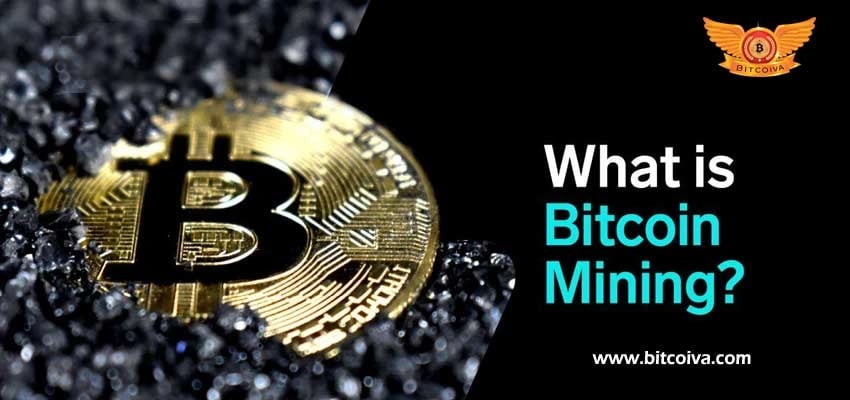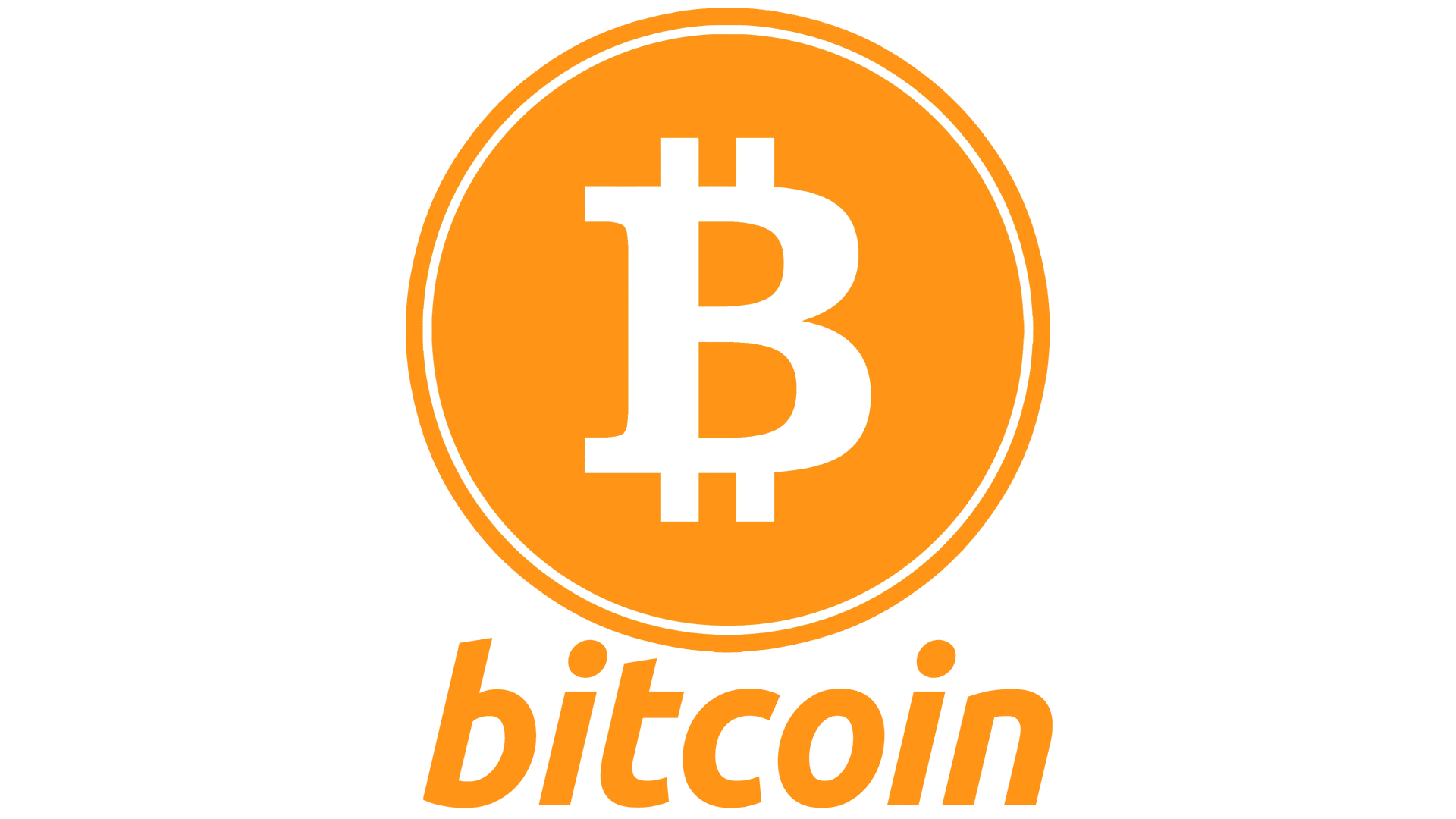Subscribe to wiki
Share wiki
Bookmark
Bitcoin
Bitcoin
Bitcoin is a decentralized digital currency created in 2009 that operates without a central authority or banks, enabling peer-to-peer transactions on a cryptographic network. As the first and most valuable cryptocurrency, Bitcoin pioneered blockchain technology and has significantly influenced global financial systems and digital asset development.
Overview
Bitcoin was introduced in a 2008 whitepaper titled "Bitcoin: A Peer-to-Peer Electronic Cash System" by an anonymous person or group using the pseudonym Satoshi Nakamoto. The cryptocurrency was designed as an alternative to traditional financial systems following the 2008 global financial crisis. Bitcoin operates on a decentralized network where transactions are verified by network nodes through cryptography and recorded on a public distributed ledger called a blockchain.
The core innovation of Bitcoin is its ability to solve the double-spending problem without requiring a trusted authority. It achieves this through a consensus mechanism called Proof of Work (PoW), where miners compete to solve complex mathematical puzzles to validate transactions and add new blocks to the blockchain. This process also controls the issuance of new bitcoins, with miners receiving newly created bitcoins as rewards for their computational efforts.
Bitcoin has a fixed supply cap of 21 million coins, making it inherently deflationary and often compared to digital gold. This scarcity, combined with growing institutional adoption and recognition as a legitimate asset class, has contributed to Bitcoin's significant price appreciation over time, despite its notorious volatility.
History
Bitcoin's conceptual foundation was laid out in the 2008 whitepaper published by Satoshi Nakamoto. On January 3, 2009, Nakamoto mined the genesis block (block number 0) of the Bitcoin blockchain, which included a reference to a headline from The Times newspaper about bank bailouts during the financial crisis, embedding Bitcoin's creation in the context of criticism toward traditional banking systems .
The first real-world Bitcoin transaction occurred in May 2010 when programmer Laszlo Hanyecz purchased two pizzas for 10,000 BTC, an event now celebrated annually as "Bitcoin Pizza Day." At the time, this amount of Bitcoin had minimal value, but would later be worth billions of dollars [1].
Satoshi Nakamoto remained active in Bitcoin's development until mid-2010, after which they handed over control of the source code repository to Gavin Andresen and disappeared from public involvement. The true identity of Nakamoto remains unknown to this day, adding to Bitcoin's mystique .
Bitcoin gained mainstream attention during its first major price surge in 2013, followed by even greater public awareness during the 2017 bull run when it approached 60,000, driven by institutional adoption and growing recognition as a legitimate asset class.
Technology
Bitcoin's underlying technology is based on blockchain, a distributed ledger that records all transactions across a network of computers. This design ensures transparency, immutability, and resistance to censorship. Each block contains a set of transactions, a timestamp, and a reference to the previous block, creating a chain of blocks that cannot be altered without consensus from the network.
The Proof of Work consensus mechanism requires miners to solve complex cryptographic puzzles, a process that demands significant computational power and energy. This deliberate difficulty protects the network from attacks and ensures that adding new transactions to the blockchain requires real-world resources. The difficulty of these puzzles adjusts automatically every 2,016 blocks (approximately two weeks) to maintain an average block creation time of 10 minutes [2].
"Bitcoin is a technological tour de force," said Microsoft co-founder Bill Gates, acknowledging the innovative nature of Bitcoin's design, even as he maintained a cautious stance on cryptocurrencies overall .
Bitcoin transactions are pseudonymous rather than anonymous. While users' real identities aren't directly linked to their Bitcoin addresses, all transactions are publicly recorded on the blockchain, making it possible to trace transaction patterns. This has implications for both privacy and regulatory compliance.
Bitcoin undergoes protocol upgrades through a process called Bitcoin Improvement Proposals (BIPs). Major upgrades have included Segregated Witness (SegWit) in 2017, which improved transaction capacity and fixed transaction malleability, and Taproot in 2021, which enhanced privacy, efficiency, and smart contract functionality.
Bitcoin Mining
Bitcoin mining is the process of using computer hardware to perform mathematical calculations that confirm transactions and enhance the security of the Bitcoin network. Miners group pending transactions into a "block" and, by solving a complex mathematical problem, add the block to the public ledger. This process creates a consensus that validates transactions and prevents malicious activities like double-spending, where a user attempts to spend the same bitcoins in multiple transactions [2] [4].
The collective computing power of the network, measured as the hash rate, makes it computationally difficult to alter the blockchain, ensuring the integrity of the transaction history. On average, a new block is added to the blockchain every 10 minutes through mining. As a reward for their computational services, miners receive newly created bitcoins (the "block reward") and the transaction fees attached to the transactions they include in the new block [2] [4].
Bitcoin mining is a highly specialized and competitive field. Rewards are distributed among miners based on the amount of computational work they contribute to the network. Due to its competitive nature, not all Bitcoin users engage in mining, and it is not considered an easy way to make money [2] [4].

Tokenomics
Bitcoin has a predetermined supply cap of 21 million coins, with approximately 19 million already in circulation as of 2023. New bitcoins are created through the mining process, with the issuance rate halving approximately every four years in events known as "halvings." This deflationary model contrasts sharply with traditional fiat currencies, which can be printed at will by central banks.
The Bitcoin halving events, which reduce the block reward for miners by 50%, have historically preceded major bull runs in Bitcoin's price. These scheduled supply shocks, combined with increasing adoption, create a supply-demand dynamic that many analysts believe contributes to Bitcoin's long-term price appreciation [3].
Bitcoin's smallest unit is called a satoshi, representing one hundred millionth of a bitcoin (0.00000001 BTC). This divisibility allows for microtransactions and ensures that Bitcoin can function as a medium of exchange even as its value increases [4].
Market Impact
Bitcoin has established itself as the dominant cryptocurrency by market capitalization, often accounting for over 40% of the total cryptocurrency market value. Its price movements frequently influence the broader cryptocurrency market, earning it the nickname "digital gold" due to its perceived role as a store of value and hedge against inflation.
Institutional adoption has significantly increased since 2020, with companies like MicroStrategy, Tesla, and Square adding Bitcoin to their corporate treasuries. Financial institutions have also developed Bitcoin-related products, including futures, options, and exchange-traded funds (ETFs), further legitimizing Bitcoin as an asset class [3].
"We believe bitcoin is going to be the native currency of the internet," stated Jack Dorsey, former CEO of Twitter and founder of Block (formerly Square), highlighting the growing corporate belief in Bitcoin's long-term potential.
Bitcoin's price volatility remains significant, with multiple boom-and-bust cycles throughout its history. These cycles have been characterized by rapid price increases followed by substantial corrections, though each cycle has generally established higher price floors than previous ones.
Regulatory Landscape
Bitcoin's regulatory status varies significantly across different jurisdictions. Some countries, like El Salvador, have adopted Bitcoin as legal tender, while others have implemented varying degrees of regulation or outright bans. This regulatory uncertainty continues to impact Bitcoin's adoption and price.
In the United States, Bitcoin is classified as a commodity by the Commodity Futures Trading Commission (CFTC), while the Securities and Exchange Commission (SEC) has taken a more cautious approach to cryptocurrency regulation overall. The Internal Revenue Service (IRS) treats Bitcoin as property for tax purposes, meaning that transactions involving Bitcoin can trigger capital gains tax events .
In mid-2025, the U.S. House of Representatives advanced a significant legislative package aimed at creating a comprehensive regulatory framework for digital assets. During a designated "Crypto Week" in July, lawmakers considered several key bills, including the CLARITY Act to establish market structure, the GENIUS Act for payment stablecoins, and the Anti-CBDC Surveillance State Act to prohibit a U.S. central bank digital currency. This legislative push, championed by figures like House Financial Services Committee Chairman French Hill and supported by the Trump Administration, was framed as an effort to foster innovation, protect consumers, and solidify the U.S. as a leader in the digital asset space [5].
Regulatory concerns often center around anti-money laundering (AML) and know-your-customer (KYC) requirements, consumer protection, market manipulation, and environmental impact. These concerns have led to increased scrutiny of cryptocurrency exchanges and other service providers in the Bitcoin ecosystem .
Criticisms and Challenges
Bitcoin faces several significant challenges and criticisms. Its energy consumption has been a major point of contention, with critics arguing that the Proof of Work consensus mechanism consumes excessive electricity. Proponents counter that Bitcoin increasingly utilizes renewable energy sources and can incentivize renewable energy development.
Scalability remains a technical challenge for Bitcoin, with the base layer capable of processing only about 7 transactions per second. This limitation has led to the development of layer-2 solutions like the Lightning Network, which aims to enable faster and cheaper transactions while maintaining Bitcoin's security properties .
Bitcoin's price volatility presents challenges for its adoption as a medium of exchange, as merchants and consumers may be hesitant to use a currency whose value can fluctuate significantly in short periods. This has led some to view Bitcoin primarily as a store of value rather than a day-to-day currency.
Security concerns, including exchange hacks and personal wallet security, continue to affect the Bitcoin ecosystem. While the Bitcoin blockchain itself has never been successfully hacked, various services built around it have experienced security breaches, resulting in the loss of user funds.
See something wrong?
